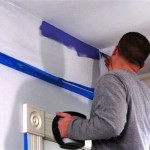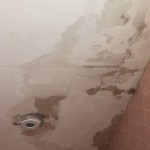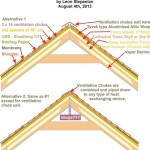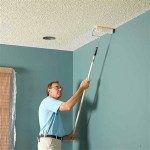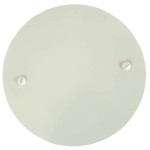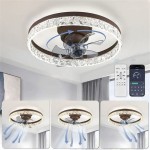Best Nap Roller for Ceilings: A Comprehensive Guide
Painting ceilings can be a daunting task, especially for those who lack the necessary equipment. A nap roller, a crucial tool for achieving a smooth, even finish, plays a critical role in the process. Choosing the right nap roller for your ceiling project is essential for achieving optimal results and ensuring a professional look. This guide will delve into the intricacies of nap rollers, exploring key factors to consider when selecting the best nap roller for your ceilings.
Understanding Nap Rollers
Nap rollers are cylindrical tools with a sleeve covered in a fuzzy material called nap. The length of the nap, measured in millimeters, determines the amount of paint the roller will hold and the type of surface it is best suited for. A longer nap will hold more paint, making it ideal for rough surfaces like textured ceilings. A shorter nap, on the other hand, is better for smoother surfaces, such as drywall.
Nap rollers are available in various materials, each with its own advantages and disadvantages. Common materials include:
- Polyester: A versatile and affordable option, suitable for a wide range of paints and surfaces.
- Polyamide: Known for its durability and ability to handle thick paints, making it ideal for textured ceilings.
- Wool: Provides a smooth finish but is more expensive and requires careful maintenance.
Factors to Consider When Choosing Nap Rollers
When selecting a nap roller for your ceiling project, several factors must be considered to ensure optimal results.
1. Ceiling Texture
The texture of your ceiling is a significant factor determining the appropriate nap length. For smooth ceilings, a shorter nap length (3/8" to 1/2") is recommended. This will minimize the risk of creating roller marks and ensure a smooth, even finish. For textured ceilings, a longer nap length (3/4" to 1") is necessary to fill in the grooves and deliver a uniform paint coverage. A longer nap will also help distribute the paint evenly and prevent the roller from getting clogged.
2. Paint Type
The type of paint you are using also influences the ideal nap length. Latex paints, commonly used for ceiling projects, require a different nap length than oil-based paints. Latex paints tend to be thinner, and shorter naps (3/8" to 1/2") are often sufficient. However, oil-based paints are thicker, requiring a slightly longer nap (1/2" to 3/4") to ensure proper coverage.
3. Roller Size
The size of the roller also plays a role in your choice. Larger rollers are generally faster and more efficient for covering large areas like ceilings. However, they can be more challenging to maneuver in tight spaces. Smaller rollers, while slower, provide more control and accuracy when painting around obstacles.
4. Roller Frame
The roller frame is the structure that holds the nap roller sleeve. Choose a durable frame made of metal or a high-quality plastic construction. This will ensure that the roller frame can withstand the pressure of rolling and minimize the risk of breaking or bending.
In addition to the factors discussed above, consider purchasing a high-quality nap roller from a reputable brand. A well-made roller will deliver a superior finish and last longer, saving you time and money in the long run.

How To Choose The Right Paint Roller Monarch Painting

Unbranded 9 In X 1 4 High Density Polyester Knit Paint Roller Cover Rc 147

What Is The Best Paint Roller For Your Project

Are You Using The Wrong Paint Roller Cover Porch Daydreamer

How To Choose A Paint Roller Anderson Lumber

How To Choose The Right Paint Roller Monarch Painting

9 In X 3 8 Loop Texture Roller Cover Rc119 The Home

What Is The Best Paint Roller For Ceilings Aj Cochrane

Pin By Christina L On Home Sweet House Painting Tips Paint Roller Covers Colors For

Wagner 3 In X 4 Nap 9 Roller Cover Knit Polyester Paint 0155208 At Lowes Com

